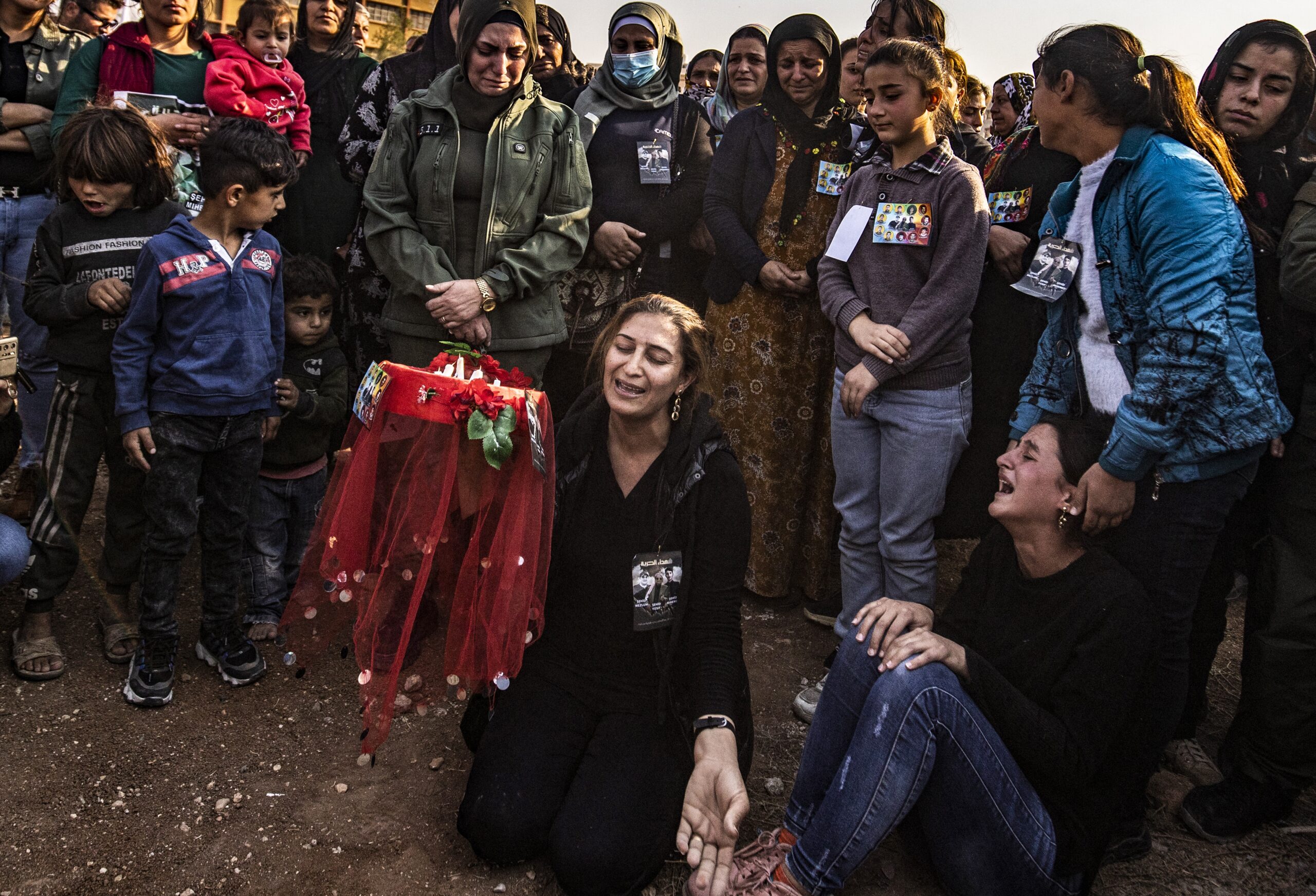The twelve-year long bloody war in Syria has proven to be fertile ground for States and non-State actors to develop and use new means and methods of lethal drone use. A new report by PAX demonstrates how the impacts of these drone wars are felt today across the region and beyond.
Not only have drones boosted military capacity for intelligence collection, but they have also increasingly been used to target enemy positions and civilian infrastructure. The use of drones in extrajudicial killings by States against suspected militants has also grown at an alarming rate. Using open-source data on the use of various uncrewed aerial systems used throughout the conflicts, the report outlines how drones have become vital tools for all armed actors in the war, and influenced military tactics and strategies that changed stability and security in the Middle East.
Armed drones for extrajudicial killings
At least five States are using military drones in Syria itself, while a larger group of armed Syrian and non-Syrian groups are operating weaponized commercial drones, including Lebanese Hezbollah and Iran-backed Iraqi militias. Meanwhile, Turkey seems to be taking over the United States as the country using armed drones most for extrajudicial killings, in this case against Kurdish-led Syrian Democratic Forces in northeast Syria. Turkey considers the SDF to be an extension of the Kurdistan Working Party (PKK), an insurgent group that Turkey has been fighting for decades. These strikes have resulted in the death of civilians, including children.
Influential actor in weaponizing commercial drones
From the on-set of the conflict, commercial drones have become a key technology for intelligence, while various States involved in the war provide military drone support to Syria, boosting the effectiveness of operations on the ground by providing additional intelligence collection methods and strike capabilities. When it rose to power, Islamic State became a large and influential actor in weaponizing commercial drones, a method that was later copied by many others, including militaries and armed groups outside the Middle East. Russia brought in various types of military drones, including so-called one-way drones or loitering munitions, and the lessons they learned from their deployment are now applied in the conflict in Ukraine. In a same vein, Iran is using Syria to build up military capacity, including with drones to pressure Israel. In response, Israel is waging a large air campaign against Iranian targets in Syria.
Rapid spread of drone technologies
The report shows the rapid spread of drone technologies, either military or commercial, and how this development has provided States and non-State actors a testing ground where they try out new tactics for their military operations. This fits in the broader pattern of proliferation and use of drones, which has additional regional security implications. At the same time, this also risks undermining legal principles around the use of lethal force outside areas of armed conflict. This is the case for the ongoing campaigns of extrajudicial killings with drones without a clear legal justification, which also risks the lives of civilians.
The findings of the report underscore the necessity for improved export controls to prevent drone and related technologies ending up in the wrong hands, as argued by PAX in previous reports. More, these worrisome developments underscore why the international community must reiterate the necessity for clear legal positions around the use of force outside conflicts.
Further reading
- Read the full report: A Laboratory of Drone Warfare
- Violent Skies on Drones in Ukraine and Yemen
- Geneva Informal Roundtable Meeting on Military Drones in Africa
- Unmanned & Uncontrolled – Proliferation of unmanned systems and the need for improved arms export controls




